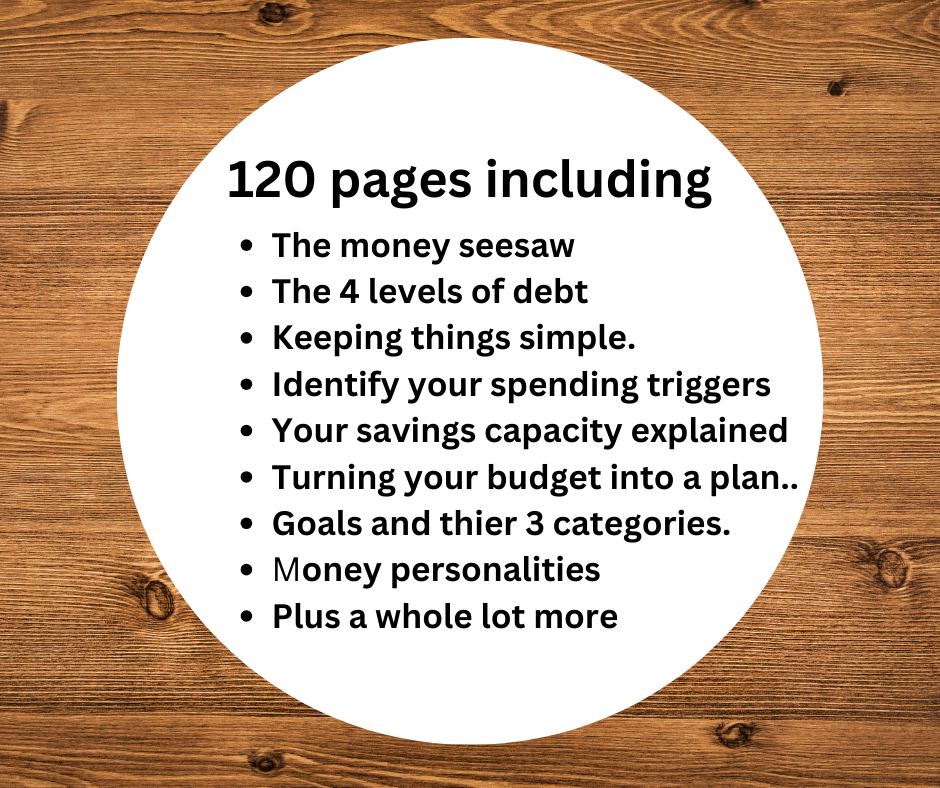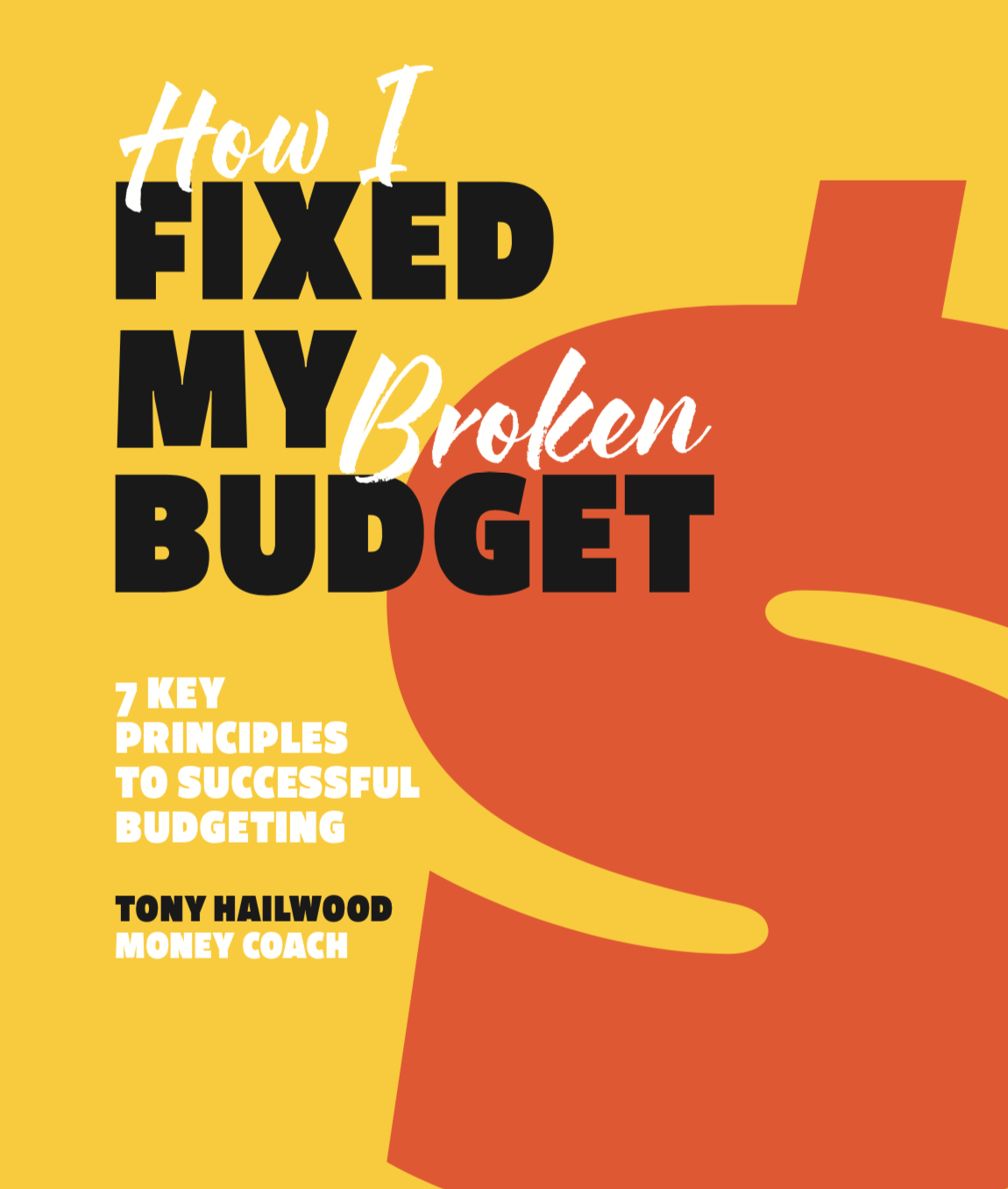Chapter 1
The Money Seesaw
A trip down memory lane
Take a trip with me down memory lane and cast your mind back to your childhood. Picture yourself in your local playground, a hive of activity with kids running in all directions and a feast of equipment awaiting your attention.
There’s the swing where you watch other kids attempt to reach the sky, some even chant that phrase that leaves those watching wonder in amazement. “I’m going to go all the way around’ screams that excited little voice imagining the impossible to be possible.
And the slide where the rush you get from whooshing down at what as a child seems like 100 miles an hour, fuels your desire to run straight back up and do it all over again. Each time pushing the boundaries of your imagination, first feet in front, next headfirst and then for the really daring, trying to remain standing as if you were the world’s greatest skier conquering the world’s most dangerous mountain.
Oh, and what about the merry-go-round? I certainly remember the fun memories this one created. Spinning faster and faster and holding on with everything I had.
The fear inside me intensifying as I recalled that coming off almost always resulted in losing skin off my hands and knees. But still I dared to push my limits time and time again.
Then there’s the seesaw. Probably the most short-lived attraction. Unlike the others when I think back over my childhood, I never seemed to spend a lot of time on this one.
Unlike the other equipment that constantly challenged my boundaries the seesaw had no way to do the same. In a very short time, I would find myself feeling superior because I had the power to keep my opponent dangling in the air pleading to be let down (truth being I was probably just heavier). Or if I wasn’t so fortunate, I would be the one left dangling my feet.
Either way the result was the result and nothing I did was going to provide a different outcome or experience, so the seesaw often became redundant and one of the least attractive pieces of equipment.
What has this got to do with budgeting?
So why the trip down memory lane I hear you asking? What relevance does my (or yours for that matter) childhood playground have to money and the frustrations or failures experienced with getting budgets to work?
Life is simply a big playground, money the currency allowing us to play. Everything in the playground presents an element of risk (except for the seesaw which I will get to a little later).
“When we’re happy we take more risks, are more trusting, more generous,”
- University College London professor Noreena Hertz
It’s understandable why when a budget doesn’t work, and we are constantly juggling finances that we feel anything but happy and satisfied.
And in this state, we simply continue to go through the motions thinking this is our lot. Life will never change, we don’t see any way that we could save, invest, or do anything that we might consider risks out ability to meet our expenses. We see opportunities around us every day, but we suppress them and become even more dissatisfied when we see others achieving anything we never see possible. Our focus and attention turn to thoughts like ‘It’s okay for them’ or “I will never be so lucky’ instead of our attention being where it should be.
However, when we are in control of our money we get to play, we don’t just imagine what might have seemed impossible, the new car, the house or holiday, we get to chase after these and achieve them.
We can dabble at things we might never had imagined doing. Saving money in the bank where it’s safe (going down the slide feet first) becomes investing in shares or a business opportunity (that skier conquering the mountain).
We even fall off the merry-go-round occasionally, learning as we go and developing the skills along the way to hang on longer and fall off less.
And that brings me to the seesaw. That one piece of equipment sitting quietly in your playground waiting for you to hop on with the sole intention of getting you stuck with your feet dangling, going nowhere and no longer enjoying life.
It is important to understand how the money seesaw works. As you progress through this book, I encourage you to think about how the money seesaw might be holding you back from implementing each of the 7 principles.
Using the illustration of an actual seesaw we will explore the 3 different outcomes. There are also 3 points of reference of which you will see in the illustrations that follow which I have labeled ‘Debts’, ‘Life’ and ‘Savings’.
Keeping in context, money is the currency allowing us to play in the game of life.

